London-based Deep Render announced on Wednesday that it has raised $9M (approximately €8.31M) in funding, bringing its total raised to $15M.
The funding consists of a $6.3M (approximately €5.82M) Series A round led by IP Group and Pentech Ventures, and a competitive grant of $2.7M (approximately €2.49M) from the European Innovation Council.
With the new funding announced today, Deep Render plans to double its headcount, accelerate commercial engagement, support its US expansion and patent plans.
The deep tech startup will also use the funding to further roll out its technology, which is already being trialled by select big tech companies.
Slow innovation in compression
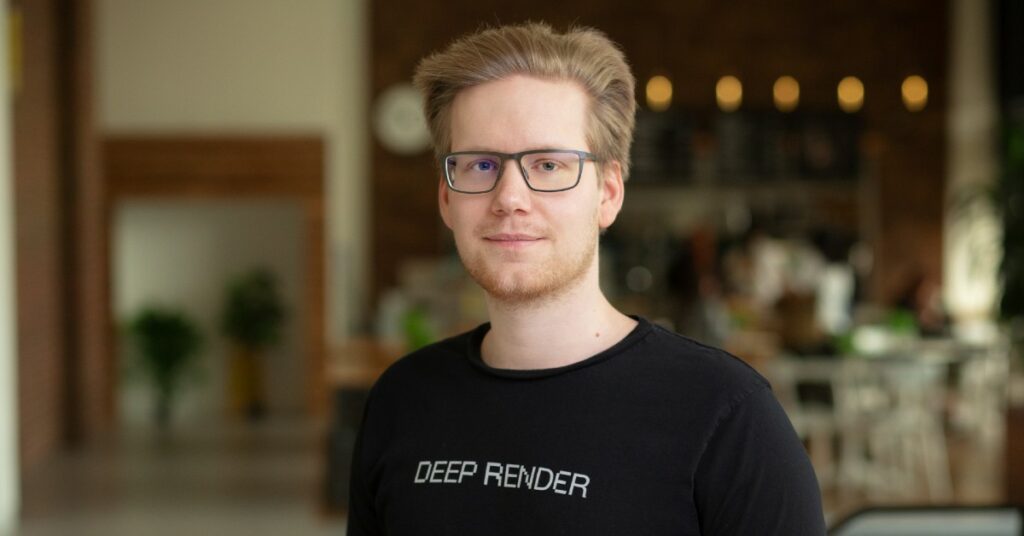
Lossless compression algorithms have played a pivotal role in the development of the internet. However, with the amount of internet data doubling every two years, the compression technology has not advanced at the same rate.
Chri Besenbruch, co-founder and CEO of Deep Render, says, “The demand for more data has significantly outpaced compression performance innovation.”
He says codecs being used now for compression rely on the same technology and fundamentals offering only iterative progress.
“There is a limit on how often we can iterate on the same idea and expect significantly increased performance,” he explains.
Another setback, according to him, is the significant patent overlap between each codec, which limits adoption, research and innovation.
Besenbruch says traditional codec offers 15 to 20 per cent performance improvement every 8 to 10 years.
With Deep Render, the startup is claiming 5x better compression right now and more than 20 per cent improvement every year after that.
Hardware to software transition
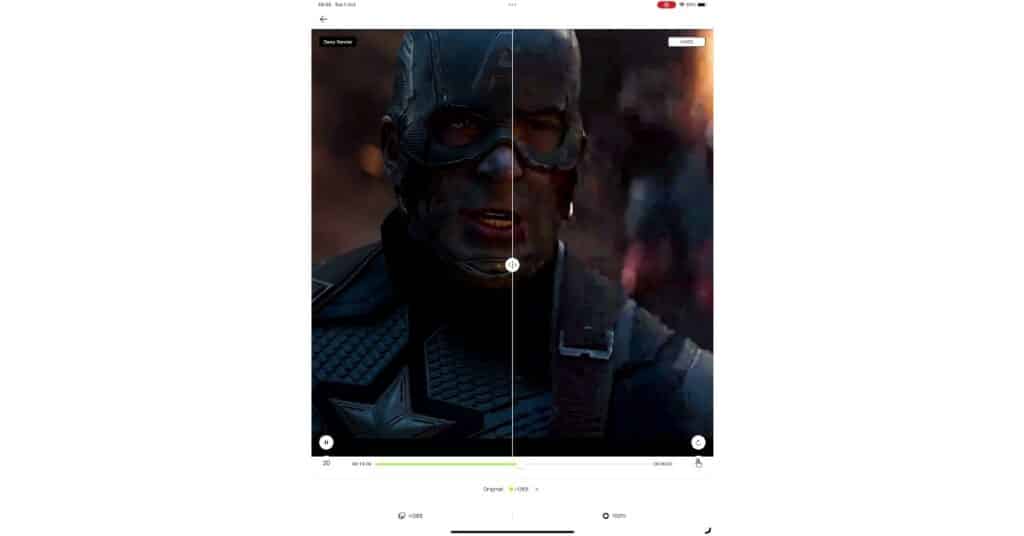
Deep Render’s claim to fame is its ability to look past the traditional way of building compression technology.
With AI-based compression, Deep Render is changing the fundamental algorithm or as its CEO says, “reinvented compression technology.”
While the traditional pipeline of compression technology optimises its quality for machine metrics, Deep Render’s AI-Codec relies on a neural network for compression.
In other words, the compression technology is neural network based with “end-to-end training, no human bias, learns directly from data, optimises quality for the human visual perception.”
The AI-Codec is also a departure from hardware-accelerated compression, which requires specialised hardware for each codec generation.
“For instance, AVC, HEVC, AV1 and VVC all need their own special circuits (ASICs) to work,” says Besenbruch. “These ASICs are only used for the codec and can not be used for anything else.”
Deep Render’s compression technology does not require codec-specific ASICs and instead relies on hardware accelerators for neural networks.
It can work on hardware including Apple’s Neural Engine and neural processing units found on chips from Qualcomm, Samsung, and MediaTek.
In a nutshell, Deep Render is transitioning from a hardware-dominated compression technology to a software-driven model built on general purpose hardware.
Besenbruch says their AI-based codec also minimises the cost to create special domain codecs, thus expanding the codec market.
Revolutionary technology
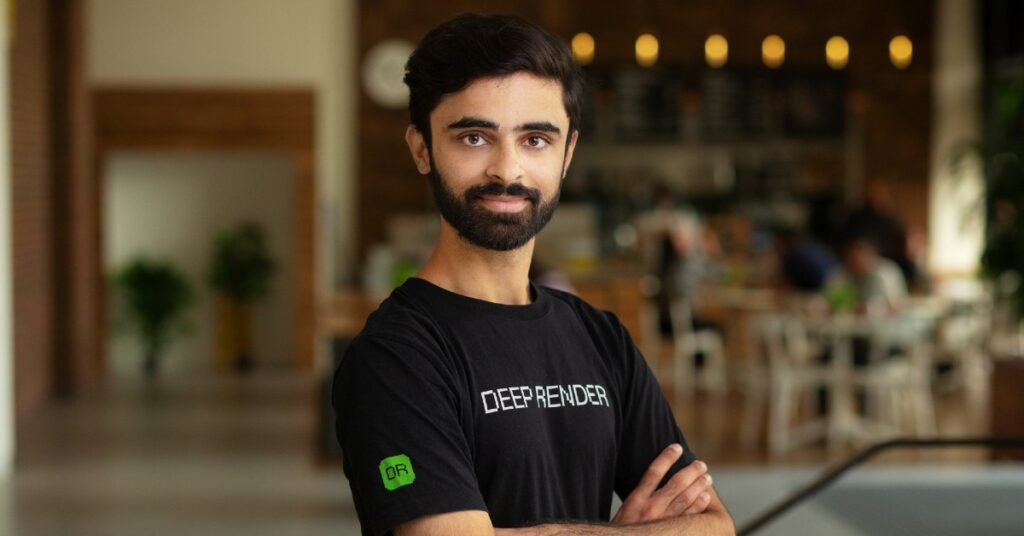
“After years of hard work and exceptional R&D, we’ve built the world’s first AI Codec. This is an iPhone moment for the compression industry, which will never be the same again,” says co-founder and CTO Arsalan Zafar.
The next-gen video codecs market is expected to grow from $1.9B in 2021 to nearly $10B in 2029.
With its AI-Codec, Deep Render is offering a compression solution that can make videos up to 5x smaller compared to current market standards. It can reduce content delivery costs and also lower streaming emission in the process.
It estimates up to 80 per cent reduction in content delivery cost for businesses and platforms like Netflix could save up to $1.6B yearly on content delivery costs.
The startup says the US alone spends over $100B annually on their fibre optic grid and its compression technology can act as a multiplier to slash internet infrastructure costs.
With reduced file size, Deep Render claims that its technology can reduce carbon emissions of video streaming by as much as 80 per cent.
The profound impact of compression technology cannot be overstated and even plays a central role in HBO’s hit comedy series Silicon Valley.
From demonstrating at TechCrunch Disrupt Startup Battlefield to solving internet bandwidth bottleneck, there is an eerie similarity between Deep Render and Pied Piper, the compression tech company shown in Silicon Valley.
Deep Render’s CEO Chri Besenbruch is no stranger to this comparison and even likes it. “We like the comparison but hope that AI-based compression has a better ending,” he says.
He adds that their team has found Dinesh, Gilfoyle, and Russ Hanneman, and is currently looking for Jared.
Where the similarities end is that Deep Render is not forthcoming about its partnership with tech companies.
It has collaborated with a few big tech companies, including a global metaverse leader and a professional software giant, to test its AI-codec.
Besenbruch says the tech companies love the technology and the C-level team at one of the companies has judged AI-compression as “strategically important.”
Becoming the compression company
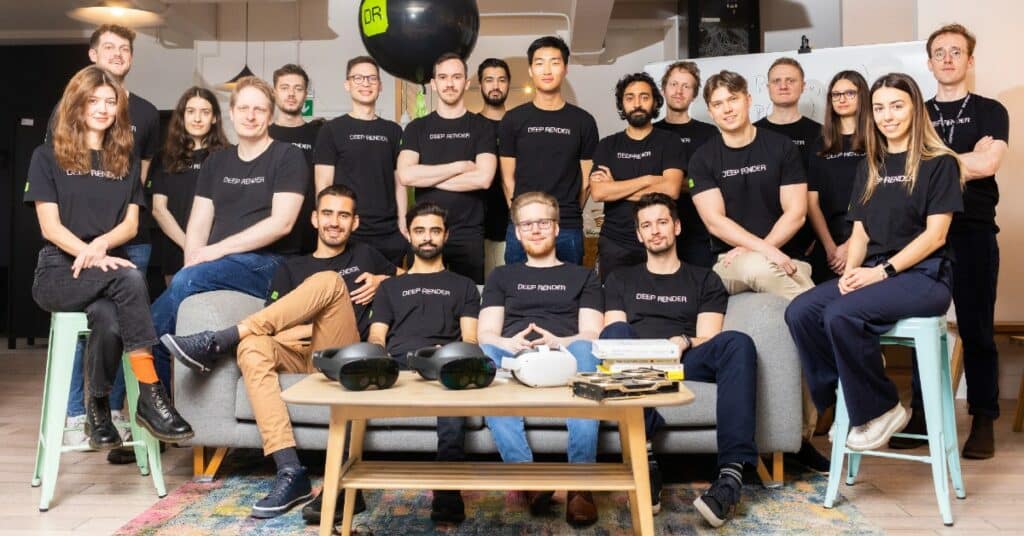
With 90 per cent of data consumed on the internet being video, it is logical that Deep Render’s focus is on video compression.
It is already looking for applications beyond video compression starting with low frequency data applications including images and audio data.
With its ability to handle video, images, and audio data, Besenbruch says Deep Render can become the compression company.
“If people in this world think about compression, we want them to think of Deep Render,” he says.
By creating a compression technology that can store high-resolution data in surprisingly small, low-resolution spaces, Deep Render envisions its use in post-processing applications as well.
Besenbruch adds, “In post-processing applications, including image and video search, the algorithm can use the compressed representation of the data as input, thereby making the post-processing order of magnitudes faster.”
Without offering any details, he says they are also looking for a use case with the classical term of “rendering.”
It is not clear whether Deep Render envisions offering its AI-codec as an output for rendering but the use case seems to be there.
Data is eating the world and the internet infrastructure doesn’t have the bandwidth to support our consumption economy.
The AI-codec developed by Deep Render could be a way to support this consumption without crippling the internet.
With use cases spanning Netflix, Twitch, Zoom, Facebook, and able to work on millions of mobile devices, Deep Render is arguably the most interesting deep tech company right now and one capable of transforming the internet.
“We are as committed to the belief that Deep Render will fundamentally transform our digital lives today as we were when we first invested back at Seed in 2020,” says Eddie Anderson, founding partner at Pentech Ventures.
Jon Edignton, Head of Software Investment at IP Group, says, “They have created an innovation that has the potential to completely transform the internet as we know it while supporting a truly free and open web.”





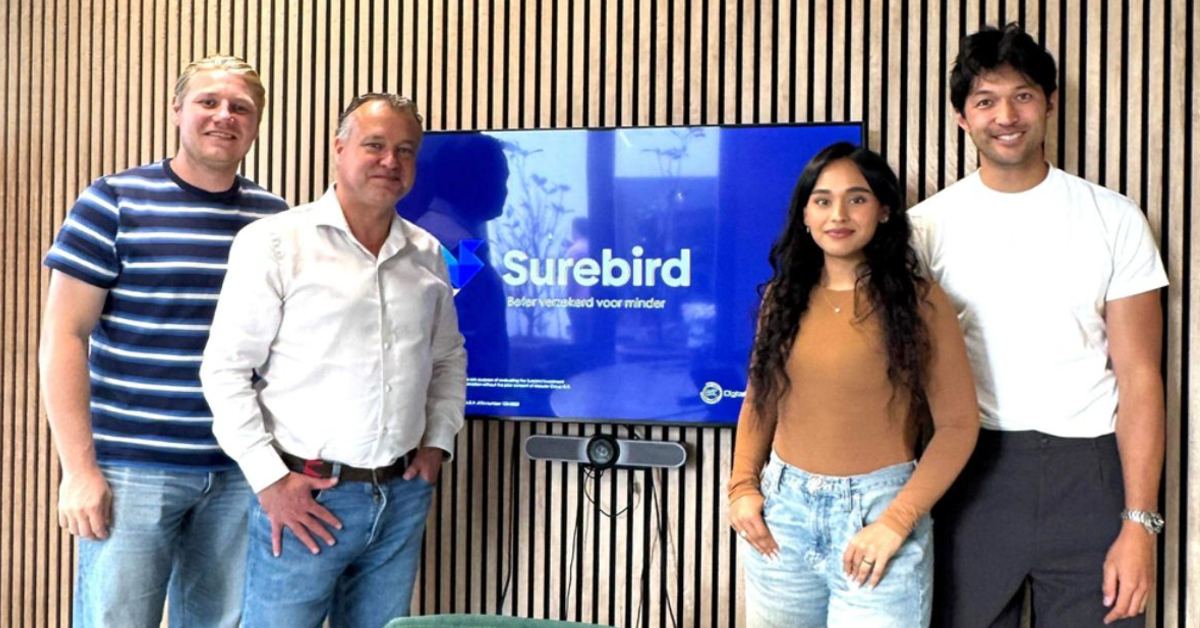
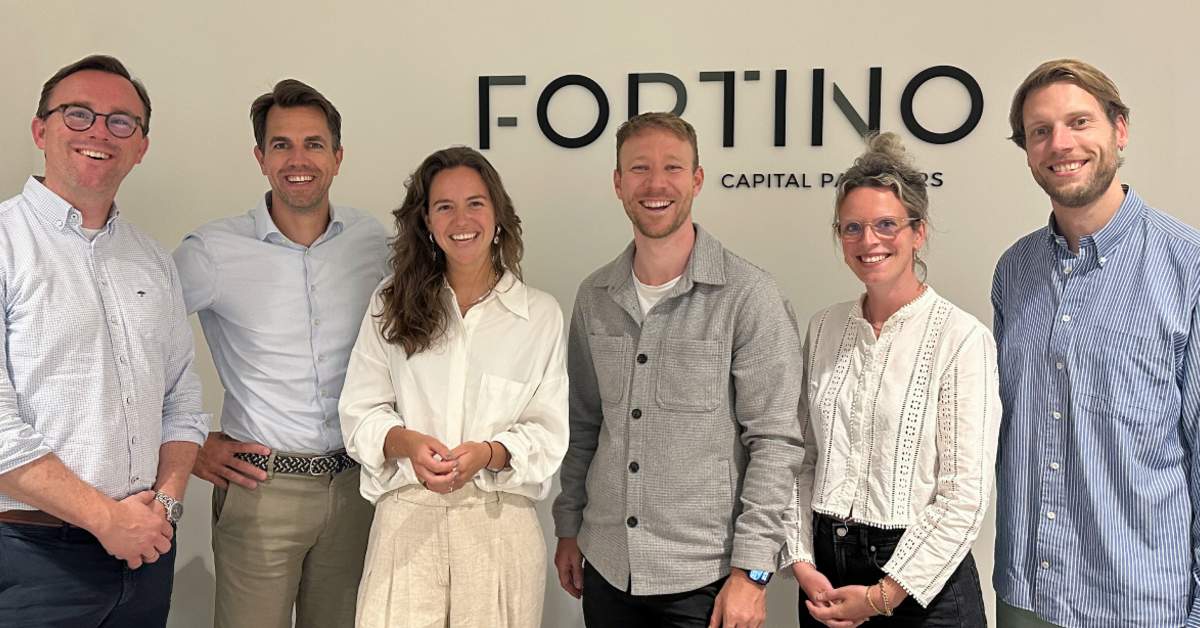

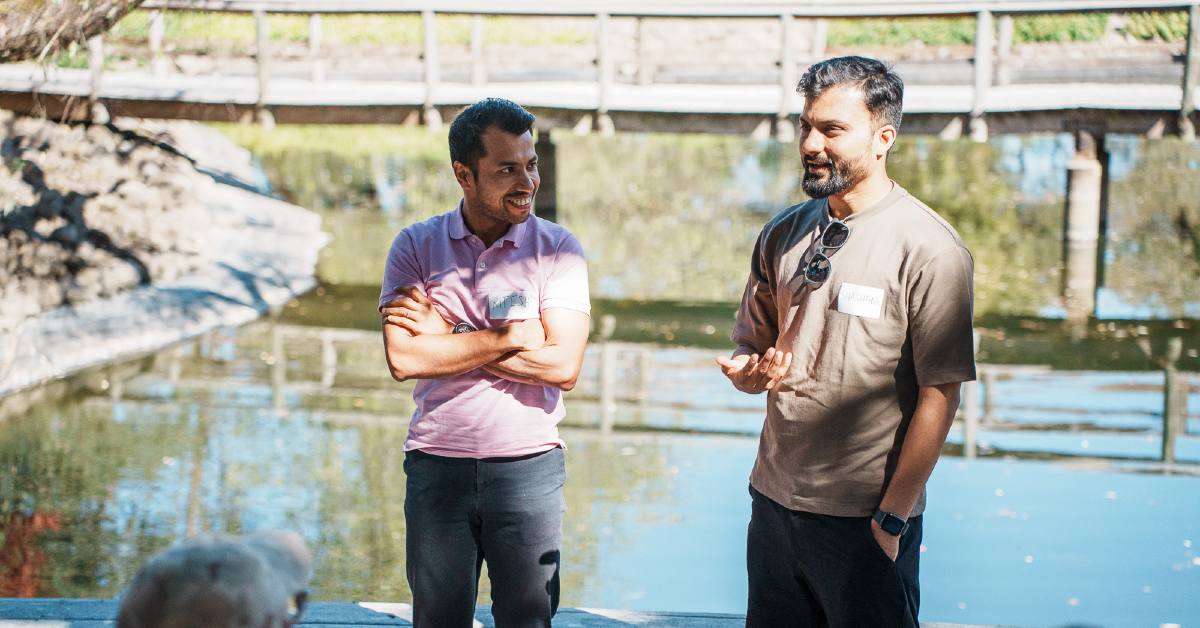

01
From telecom veteran to Dutch Startup Visa success: The Jignesh Dave story